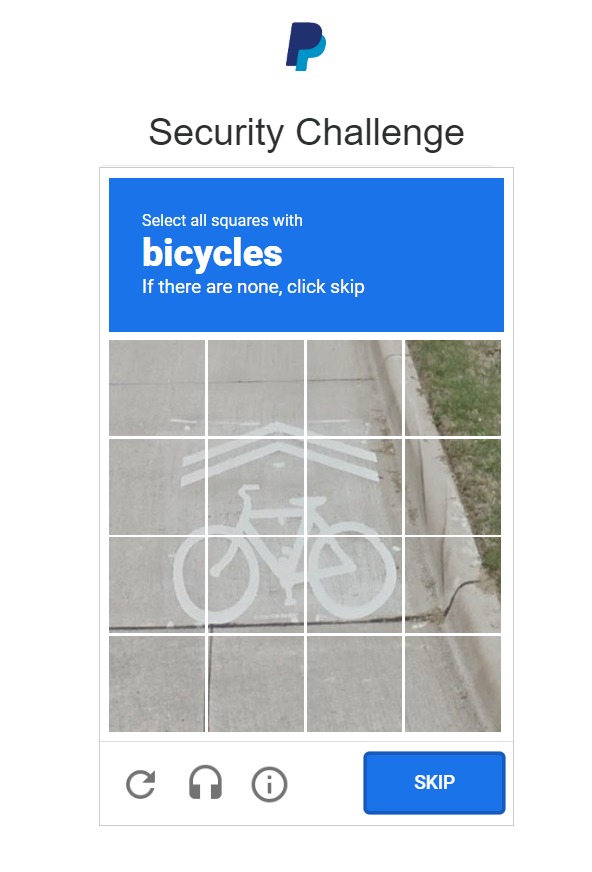Vice is reporting on a cell phone vulnerability caused by commercial SMS services. One of the things these services permit is text message forwarding. It turns out that with a little bit of anonymous money—in this case, $16 off an anonymous prepaid credit card—and a few lies, you can forward the text messages from any phone to any other phone.
For businesses, sending text messages to hundreds, thousands, or perhaps millions of customers can be a laborious task. Sakari streamlines that process by letting business customers import their own number. A wide ecosystem of these companies exist, each advertising their own ability to run text messaging for other businesses. Some firms say they only allow customers to reroute messages for business landlines or VoIP phones, while others allow mobile numbers too.
Sakari offers a free trial to anyone wishing to see what the company’s dashboard looks like. The cheapest plan, which allows customers to add a phone number they want to send and receive texts as, is where the $16 goes. Lucky225 provided Motherboard with screenshots of Sakari’s interface, which show a red “+” symbol where users can add a number.
While adding a number, Sakari provides the Letter of Authorization for the user to sign. Sakari’s LOA says that the user should not conduct any unlawful, harassing, or inappropriate behaviour with the text messaging service and phone number.
But as Lucky225 showed, a user can just sign up with someone else’s number and receive their text messages instead.
This is much easier than SMS hijacking, and causes the same security vulnerabilities. Too many networks use SMS as an authentication mechanism.
Once the hacker is able to reroute a target’s text messages, it can then be trivial to hack into other accounts associated with that phone number. In this case, the hacker sent login requests to Bumble, WhatsApp, and Postmates, and easily accessed the accounts.
Don’t focus too much on the particular company in this article.
But Sakari is only one company. And there are plenty of others available in this overlooked industry.
Tuketu said that after one provider cut-off their access, “it took us two minutes to find another.”
Slashdot thread. And Cory Doctorow’s comments.
Posted on March 19, 2021 at 6:21 AM •
View Comments
